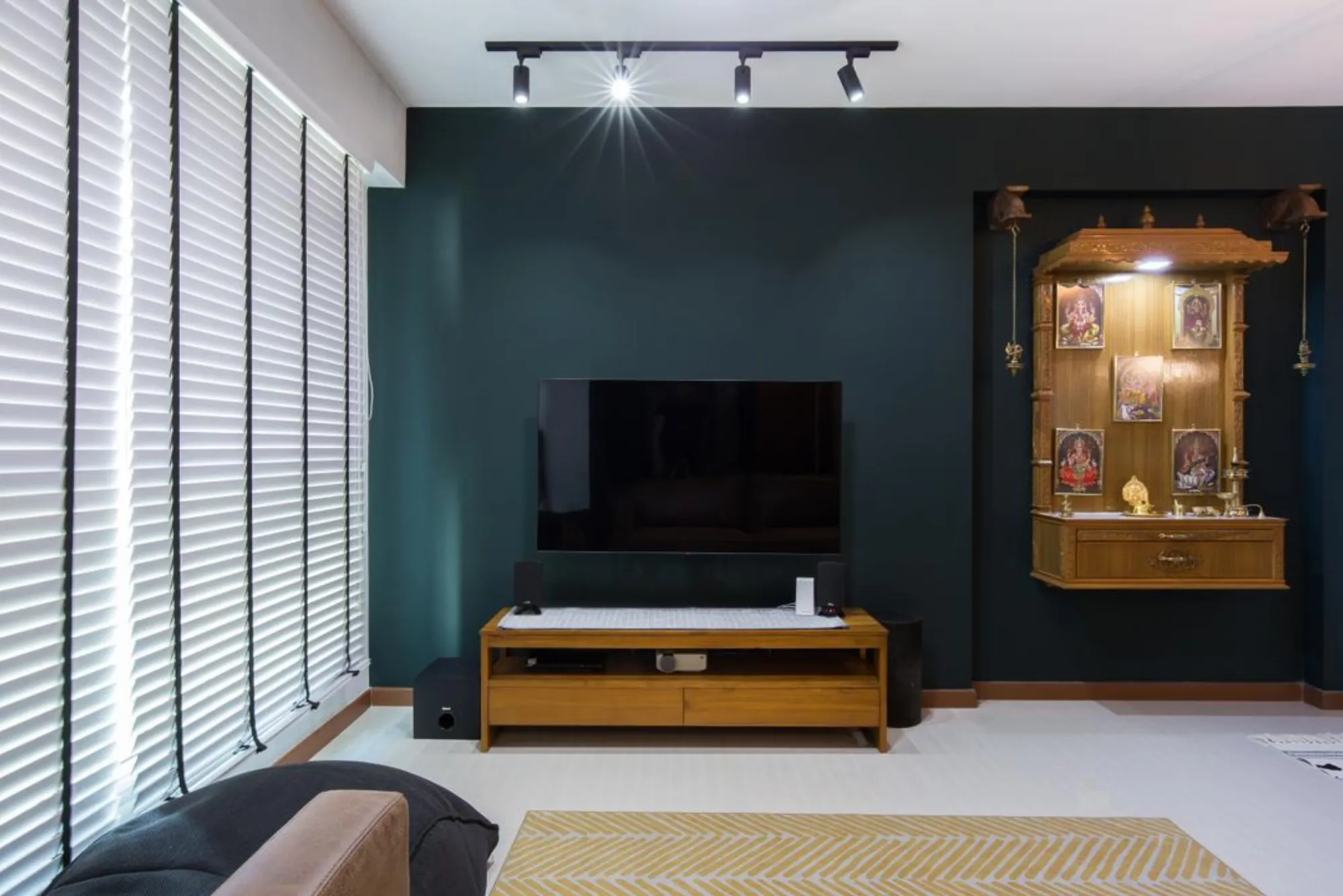Creating a Catholic wall altar in your living room is a meaningful way to infuse your home with spiritual significance and provide a dedicated space for reflection and prayer. This article delves into the key considerations for designing a wall altar, offering insights into location, design options, religious symbols, and personalization to help you craft a sacred space that complements your home’s aesthetic and enhances your spiritual practice.
Understanding the Purpose of a Wall Altar

A wall altar serves as a dedicated area for personal worship and devotion, offering a focal point for spiritual practices within your home. The altar can be used for daily prayers, meditation, and reflection, helping to foster a sense of peace and connection with God. It not only adds a sacred element to your living space but also creates an inviting and serene environment where you can draw closer to your faith.
Choosing the Right Location for Your Wall Altar
Selecting the ideal location for your wall altar is crucial in establishing a serene and accessible space. Consider placing the altar in a quiet corner of your living room where it will be undisturbed. The area should be easily accessible, allowing for comfortable use while maintaining a sense of privacy. Ideally, the space should receive natural light, as this can enhance the peaceful ambiance and highlight the altar’s significance. A location that is both functional and aesthetically pleasing will contribute to the overall effectiveness of the altar.
Selecting the Design of Your Altar
When it comes to designing your wall altar, you have a range of options that can reflect either traditional or modern aesthetics. Traditional designs often include classic wooden altars with intricate carvings and detailed craftsmanship, creating a timeless and elegant focal point. The natural warmth of wood can bring a sense of history and reverence to your living space. For those who appreciate a more elaborate approach, Gothic-style altars with pointed arches and ornate details can add a dramatic and visually stunning element to your home.
In contrast, modern designs offer a minimalist approach with clean lines, neutral colors, and simple shapes. This contemporary style can be ideal for homes with a more modern decor, providing a serene and uncluttered space for worship. A floating wall altar, featuring glass or metal shelves, can also add a touch of sophistication and lightness to the room while maintaining a focus on the religious elements.
Incorporating Religious Symbols into Your Design

Central to any Catholic altar is the crucifix or cross, which serves as a focal point of devotion. The choice of crucifix can vary depending on your personal preference and the overall design of the altar. It can be large and ornate, reflecting traditional craftsmanship, or smaller and more understated, aligning with a minimalist aesthetic. Alongside the crucifix, statues of saints, the Virgin Mary, or Jesus can be included to enhance the spiritual ambiance of the altar. These religious figures should be placed thoughtfully to achieve a balanced and harmonious design.
Adding Candles and Lighting to Enhance the Atmosphere
Proper lighting plays a crucial role in creating a peaceful and reverent atmosphere for your wall altar. Candles are a traditional and effective way to provide soft, warm light, contributing to a serene environment. Consider using candleholders or lanterns to enhance the visual appeal while maintaining a calming glow. Additionally, incorporating a small, discreet light source that highlights the altar without overpowering the space can help create a tranquil and focused area for prayer and reflection.
Personalizing Your Wall Altar
Personalizing your altar adds a unique touch and makes the space more meaningful to you. Religious art, such as paintings or prints depicting biblical scenes or saints, can add color and depth to your altar. These artistic elements not only enhance the visual appeal but also reflect your personal devotion and spiritual journey. Including items such as prayer cards or a rosary can further personalize the space, making it a reflection of your individual spiritual practices.
Maintaining Your Wall Altar
Regular maintenance is essential to keep your wall altar looking its best and ensuring it remains a sacred and inviting space. Dust the items frequently to keep them clean and ensure that the area remains uncluttered. Regularly check candles and other elements to ensure they are in good condition and replace them as needed. A well-maintained altar contributes to its effectiveness as a space for spiritual practice and reflection.
Creating a Prayer Ritual Around Your Altar
Establishing a prayer ritual around your wall altar can enhance its significance and help integrate it into your daily life. Whether you choose to engage in morning prayers, evening meditation, or weekly spiritual readings, incorporating these practices into your routine can deepen your connection to the altar and make it a central part of your spiritual journey. A consistent ritual not only fosters a sense of discipline but also helps to cultivate a deeper spiritual practice.
Designing a Catholic wall altar for your living room involves thoughtful consideration of location, design, religious symbols, and personalization. By selecting the right location, choosing a design that resonates with your style, incorporating meaningful religious symbols, and adding appropriate lighting and personal touches, you can create a sacred space that enhances your home and enriches your spiritual life. A well-crafted wall altar serves as a beautiful and functional focal point, fostering a deeper connection to your faith and providing a tranquil space for reflection and devotion.














